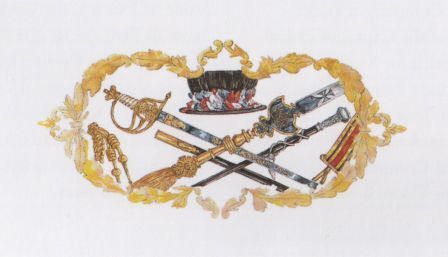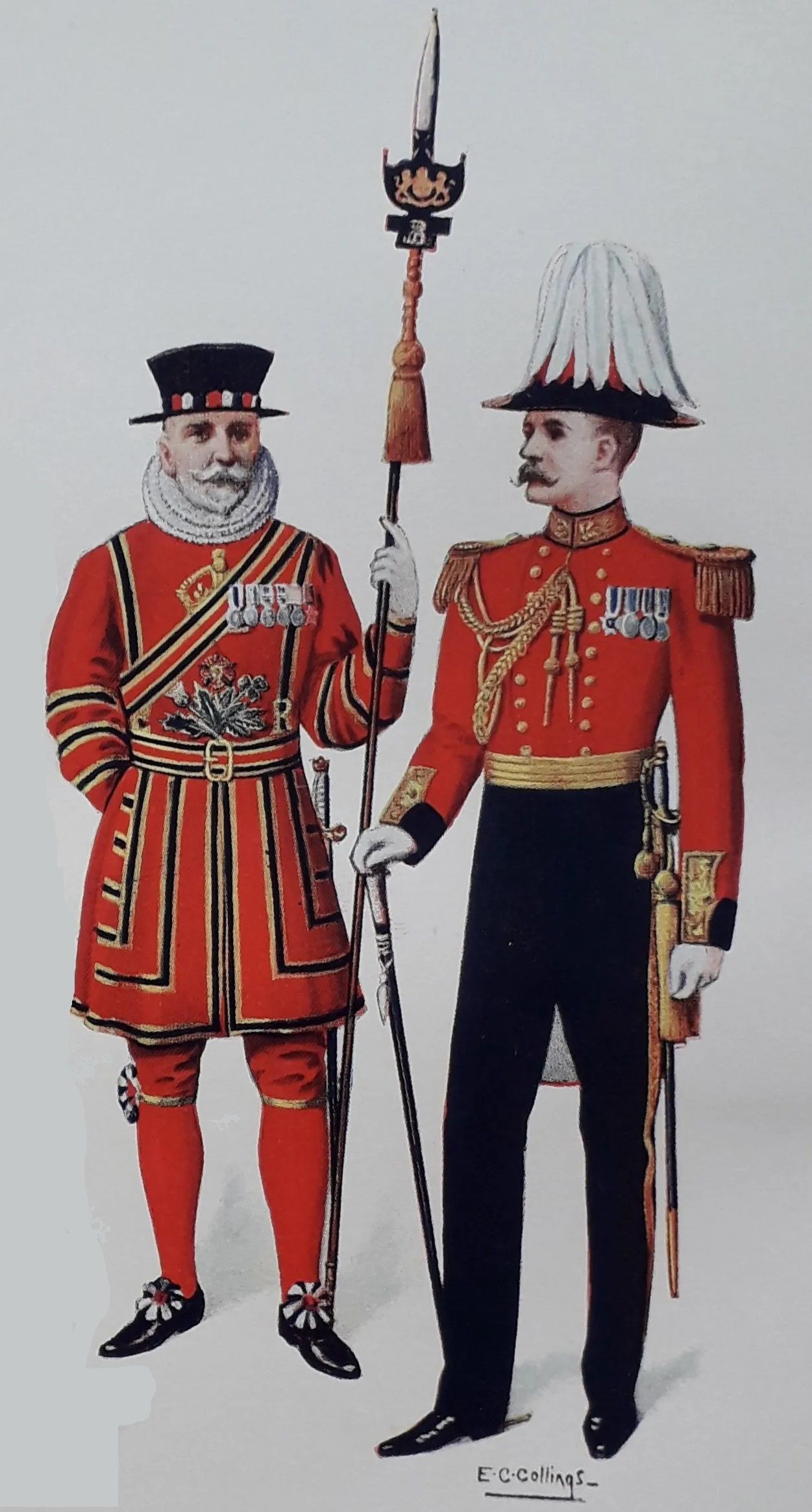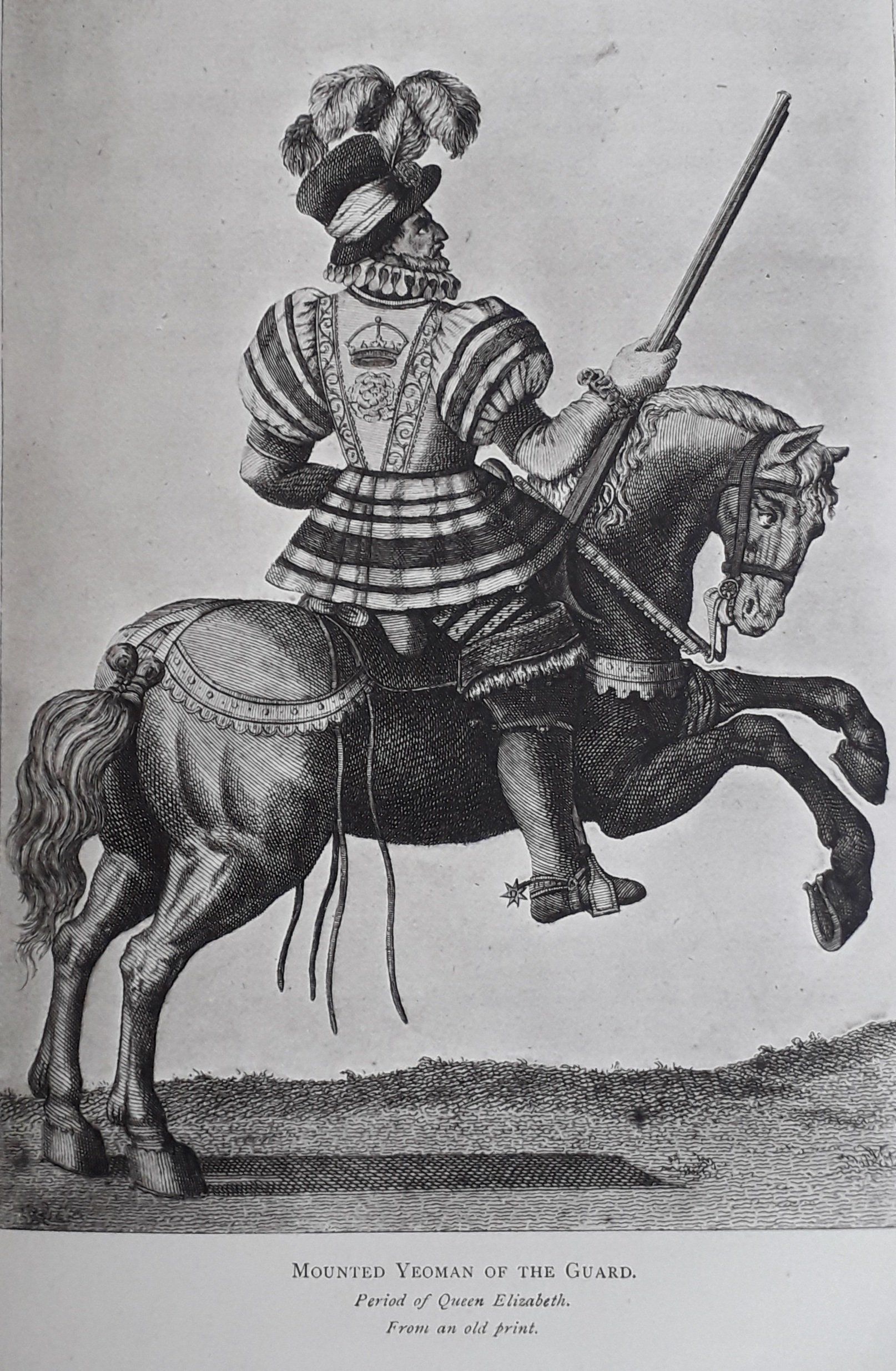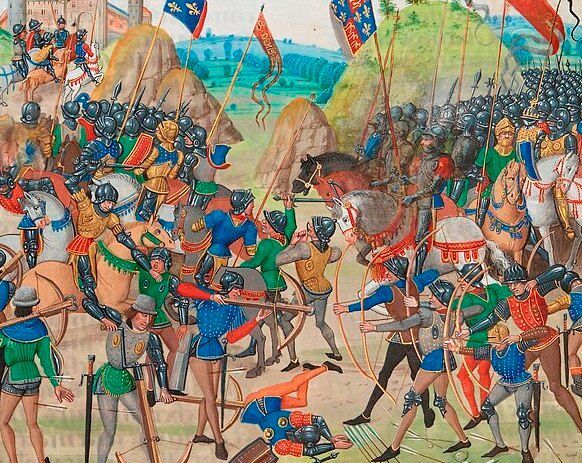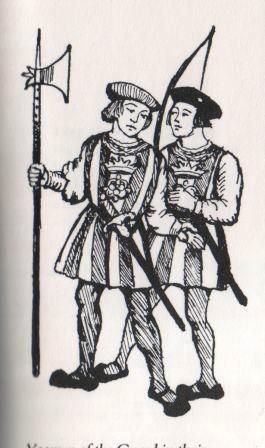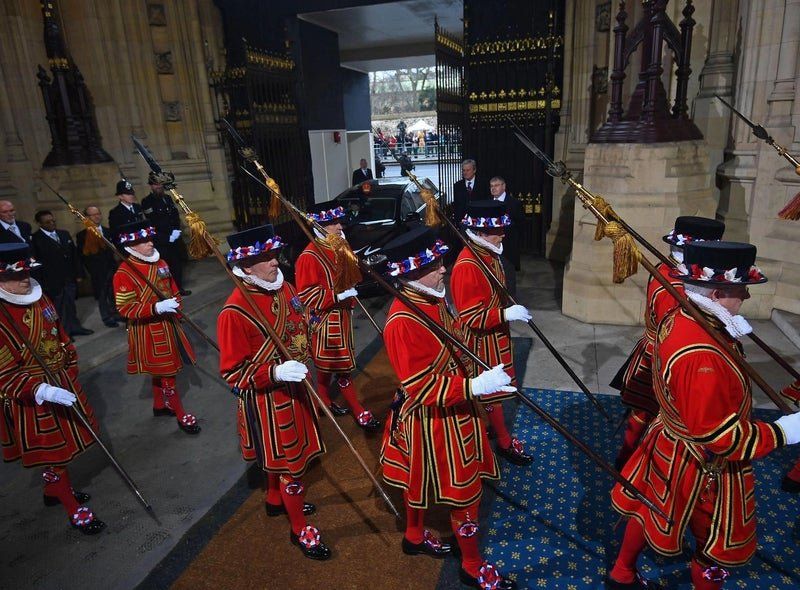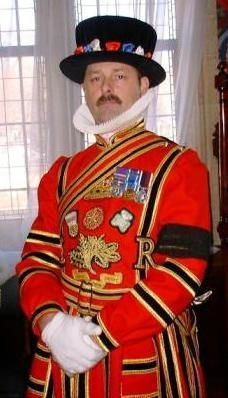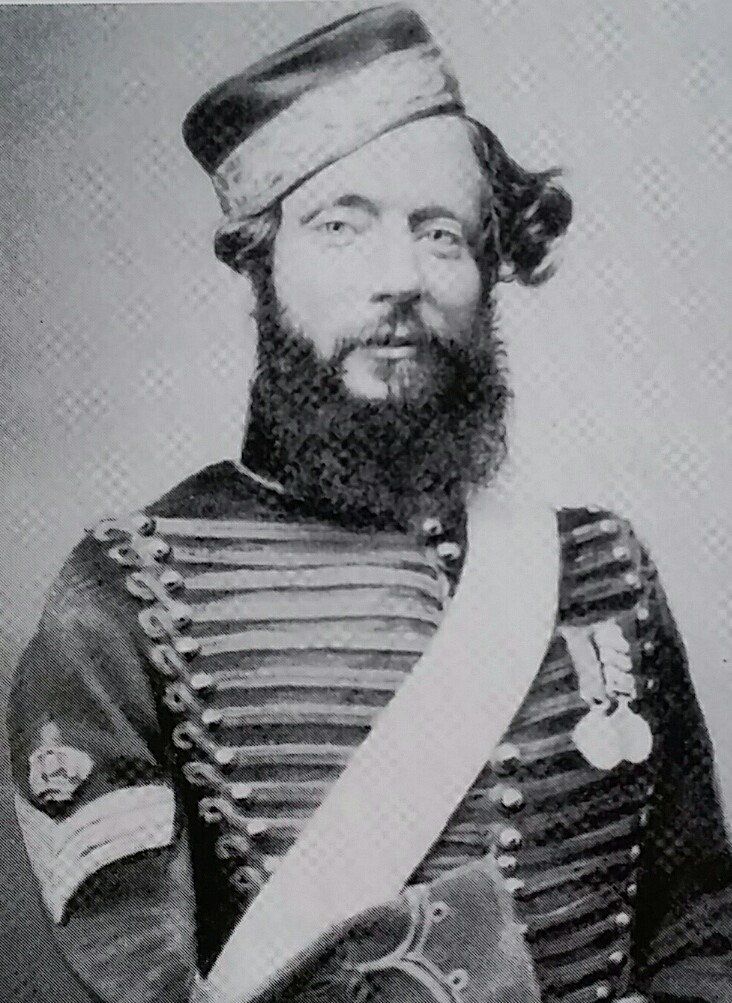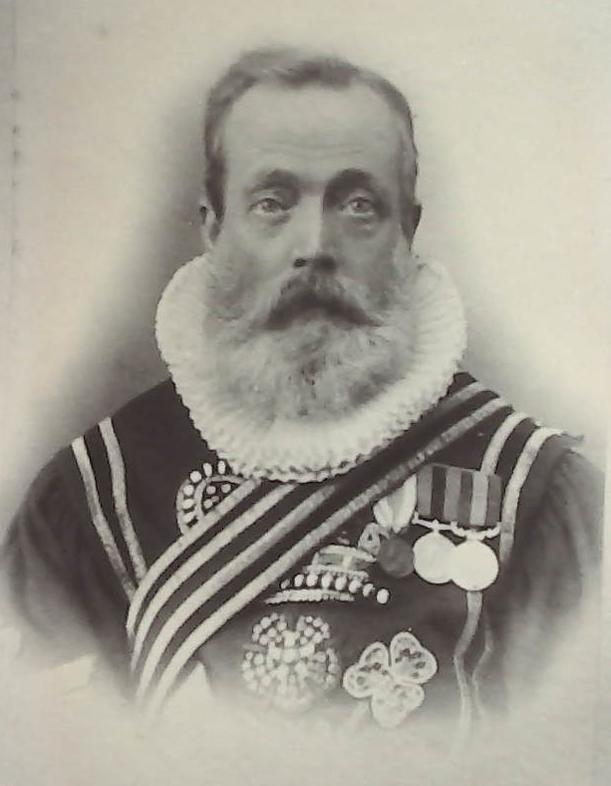A brief but important clarification: It’s a common yet some what vexing misconception that The Bodyguard (from St James’s Palace) and the Yeoman Warders (from the Tower of London) are one and the same—they are quite distinct. This website is dedicated solely to The Yeomen of the King's Body Guard of the Yeomen of the Guard (The Bodyguard) from St James's Palace.
For information about the Yeoman Warders, please visit the Tower Warders website or Facebook page.
Discover within these pages the unique history of this Body Guard, their formation, duties, uniform and weapons, famous Officers, a list of 629 yeomen in the Memoriam, why we and not the Tower Warders are the original Beefeaters and their rations, how waterboarding was practiced by the English under the reign of Edward IV (1461-1470) and much more.
Enjoy your visit with us and enhance your knowledge by visiting Further Reading where serveral authors such as Dr Anita Hewerdine (whose own relative was a Yeoman of the Queen's Body Guard, share their research.
The Yeomen of the King's Body Guard
Yeomen of The Body Guard are appointed by St James’s Palace, serve part-time, receive a taxable stipend of around £100 annually, apart from the salaried Messenger Sergeant Major. The Bodyguard is composed of veterans from the British Armed Forces, each with at least 22 years of service in the Army, Royal Marines, Royal Air Force, or Royal Navy. They reside across the British Isles and summoned to duty for ceremonial occasions: ie the State Opening of Parliament, the Garter Service, Royal Maundy, garden parties, investitures, coronations, royal weddings, state funerals, and diplomatic receptions, all managed from St James’s Palace. In addition to these occasional ceremonial duties, most Yeomen of the Guard are retired or hold civilian careers.
Officers. See The Officers
The Yeomen of the Guard Story
The Yeomen of the Guard—a subject so steeped in English history that even the dustiest tome could hardly contain its grandeur and colourful characters! The story of England’s royal bodyguards is not merely a tale of swords and pageantry; it’s a tribute to the peculiar British genius for blending loyalty, spectacle, and that indefinable quality we might call duty, seasoned with a dash of ostentation. Let us, then, journey back to those early days, when rulers of all shapes, sizes, and degrees of sanity gathered loyal blades around them in a bid to keep both enemies and potential usurpers at arm’s length (or a spear’s length, at least).

